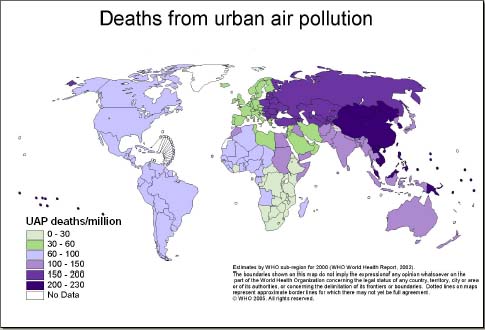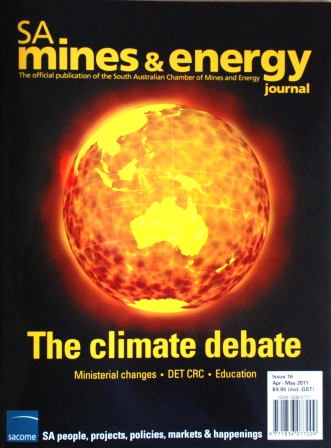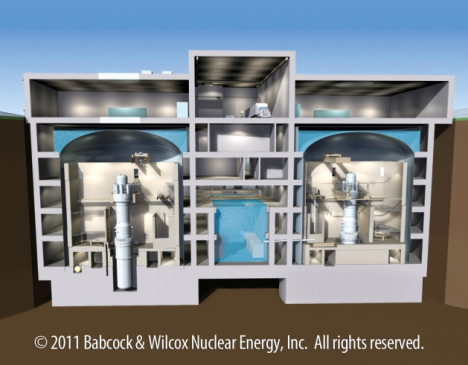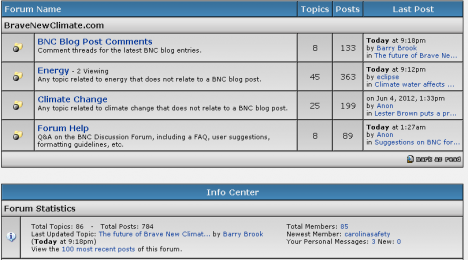Guest Post by Geoff Russell. Geoff is a mathematician and computer programmer and is a member of Animal Liberation SA. His recently published book is CSIRO Perfidy. His previous article on BNC was: Dietary Guidelines Committee ignores climate change.
What’s the difference between the fear of bungee jumping and the fear that comes from finding out after 10 years that your house was built on a toxic waste dump?
People pay for the former because the fear delivers a rush of adrenalin, and the safe survival brings elation. But people sue for the latter because it can permanently throw an angle grinder into your sleep patterns, steamroll your joie-de-vivre, wreck your marriage and make you sick. Stressed people get sicker quicker.
 Radiation impacts below those of urban air
Radiation impacts below those of urban air
Post Fukushima, Nature is reporting that the first indications are that post traumatic stress disorders may be even worse than after Chernobyl. As for the physical disease impacts, David Brenner, a leading radiation expert, was quoted in the same article that it was unlikely that any cancer impacts from the radiation release would be measurable in any epidemiological study.
Think about this. Please. Can you use epidemiology to measure the impacts of air pollution in Japan? Indeed you can. Here’s just such a study which shows increases in lung cancer risk of 25 to 50 percent at common levels of urban air pollutants. If you want to know why 10-20 percent of lung cancer is in non-smokers, then air-pollution is a major factor and its impact is readily detected and measured.
But Brenner’s expert opinion is that the impact of the Fukushima radiation releases will be too small to measure. I.e., less cancers than are due to common levels of air pollution. He isn’t saying the impacts will be zero, he can calculate them with a theoretical model. His calculations are that there may be about 20 cancers over a 40 year period per 100,000 people affected. Given that 100,000 is close to the number of people actually evacuated, then 20 cancers looks to be the maximum impact. This is based on Brenner’s expert understanding of the careful dose estimates just published by the World Health Organisation.
About 40,000 of the 100,000 people will have got cancer during the remainder of their lives without the radiation exposure. Detecting an increase of perhaps 20 amongst the normal variation using statistical measures will be impossible. Brenner has estimated this based on the “linear no threshold” approach to radiation, so it’s pretty much a maximum estimate among people who actually know anything about such matters.
Bomb threat hoaxers … inadvertent or deliberate?
It’s time that anti-nuclear activists were called to account over their role in the panic, stress, mental anguish and related illness caused by their fear mongering. I’m not sure if they should be grouped with people who make false bomb threats or those who falsely shout “fire!” in a crowded theatre. Either way, there needs to be an accounting for the suffering they are inflicting.
Filed under: Nuclear, Policy | 4 Comments »






.png)








